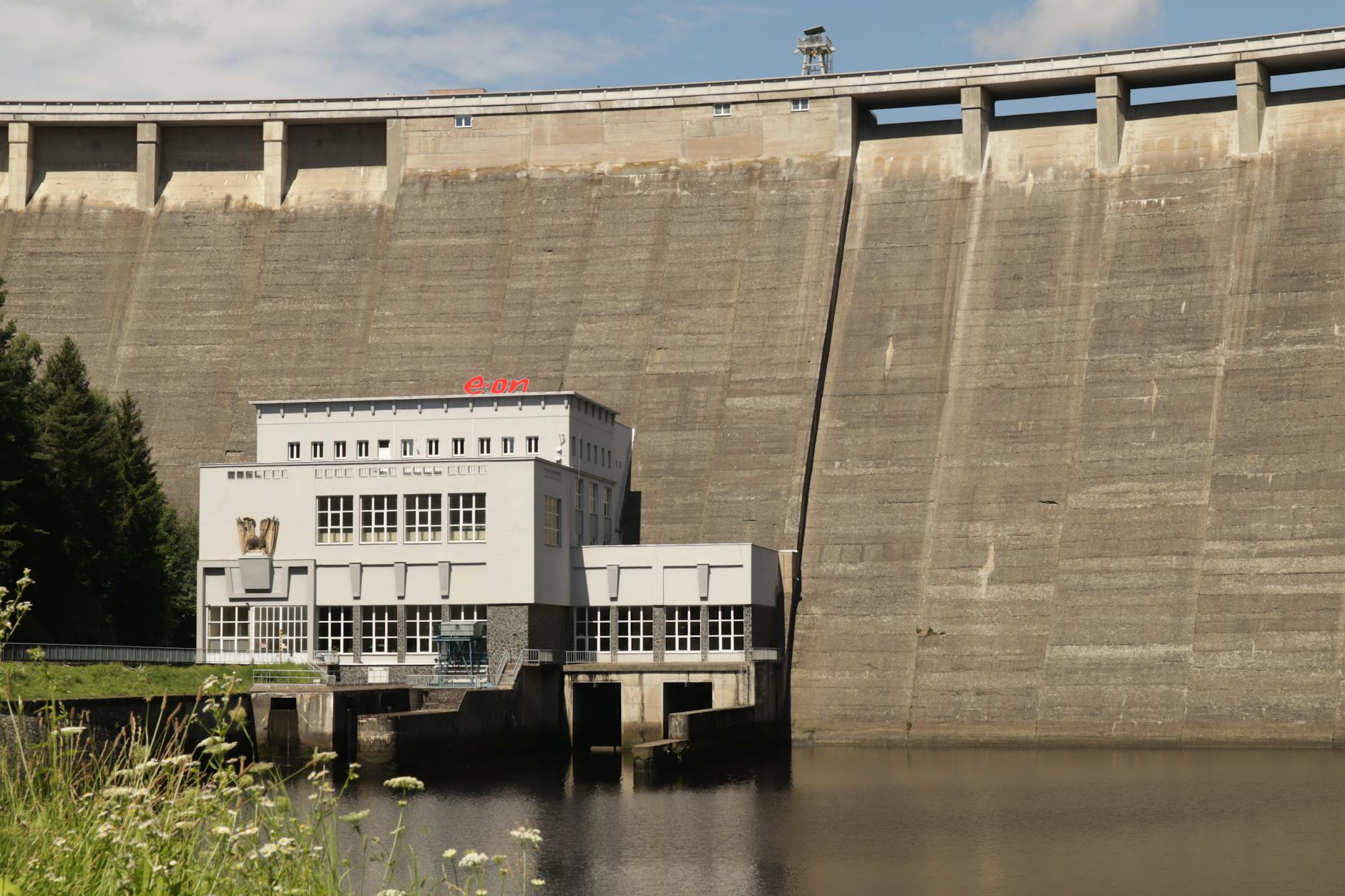In today’s fast-paced world, automation has become a cornerstone of modern business operations, revolutionizing industries across the globe. This technological advancement is reshaping the way companies operate, increasing efficiency, reducing errors, and transforming the roles of human workers in the process. The integration of automation tools and technologies is not about replacing humans; rather, it is about enhancing their capabilities and allowing them to focus on more strategic and creative tasks. This article explores the automation revolution, its impact on human roles, and how organizations can leverage automation to drive efficiency and innovation.
Understanding the Automation Revolution
Automation refers to the use of technology to perform tasks with minimal human intervention. Over the years, advancements in artificial intelligence, machine learning, robotics, and other technologies have enabled businesses to automate a wide range of processes, from data entry and customer service to manufacturing and logistics. This shift towards automation is driven by the desire to streamline operations, increase productivity, and deliver consistent results.
The Role of Humans in an Automated World
Contrary to popular belief, automation does not render human workers obsolete. Instead, it empowers them to focus on tasks that require critical thinking, creativity, and emotional intelligence—skills that machines cannot replicate. By automating repetitive and mundane tasks, employees have more time to engage in higher-value activities that drive innovation and business growth.
Enhancing Efficiency Through Automation
One of the key benefits of automation is its ability to enhance operational efficiency. By automating manual processes, organizations can eliminate human errors, reduce processing times, and improve overall accuracy. Automation also enables real-time data collection and analysis, providing valuable insights that can inform decision-making and drive strategic initiatives.
Implementing Automation Strategies
To leverage the full potential of automation, businesses must develop thoughtful strategies for implementation. This involves identifying processes that can be automated, selecting the right technologies, and providing adequate training to employees. It is crucial for organizations to involve their workforce in the automation journey, ensuring that employees understand the purpose of automation and how it can benefit both the company and individual roles.
Achieving a Balance Between Automation and Human Touch
While automation offers numerous benefits, it is essential to strike a balance between technology and the human touch. Certain tasks, especially those that require empathy, creativity, and complex problem-solving, are best handled by humans. By integrating automation with human expertise, organizations can create a harmonious work environment that combines the efficiency of technology with the unique cognitive abilities of human workers.
The Future of Work in an Automated Landscape
As automation continues to reshape industries, the future of work is set to undergo significant changes. While some jobs may be displaced due to automation, new opportunities will emerge in fields such as data analysis, programming, and technology management. Companies that embrace automation and invest in upskilling their workforce will be better positioned to thrive in the digital age.
Conclusion
The automation revolution presents a tremendous opportunity for businesses to enhance efficiency, drive innovation, and empower their employees. By leveraging automation technologies strategically and integrating them with human expertise, organizations can create a dynamic workforce that is equipped to tackle the challenges of the future. The key lies in recognizing automation as a tool to enhance—not replace—human roles, ultimately leading to a more productive and innovative business environment.


